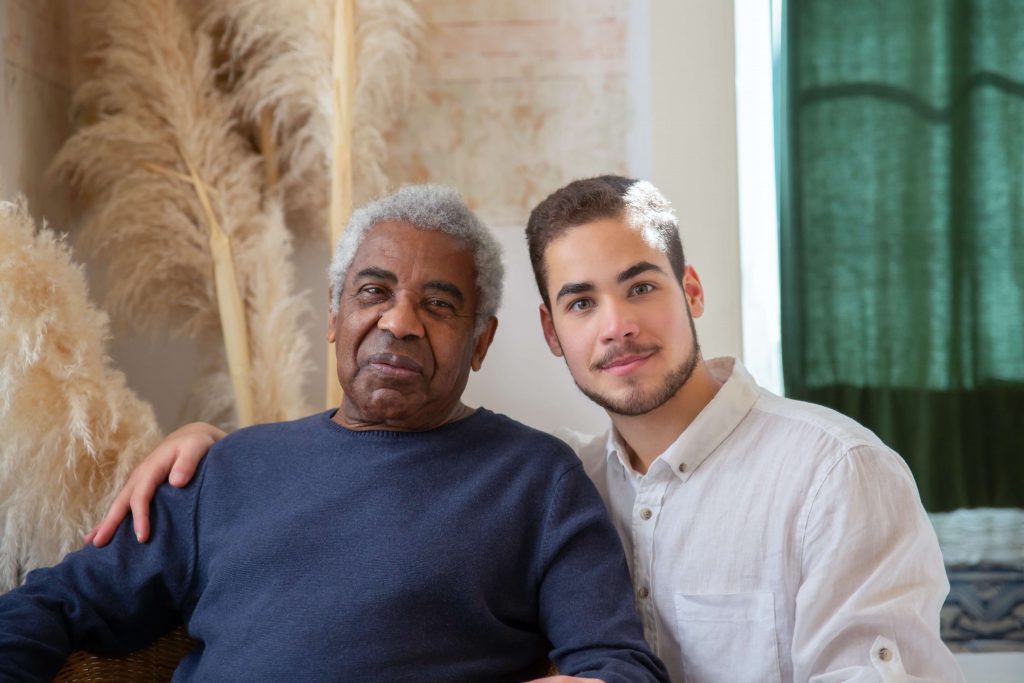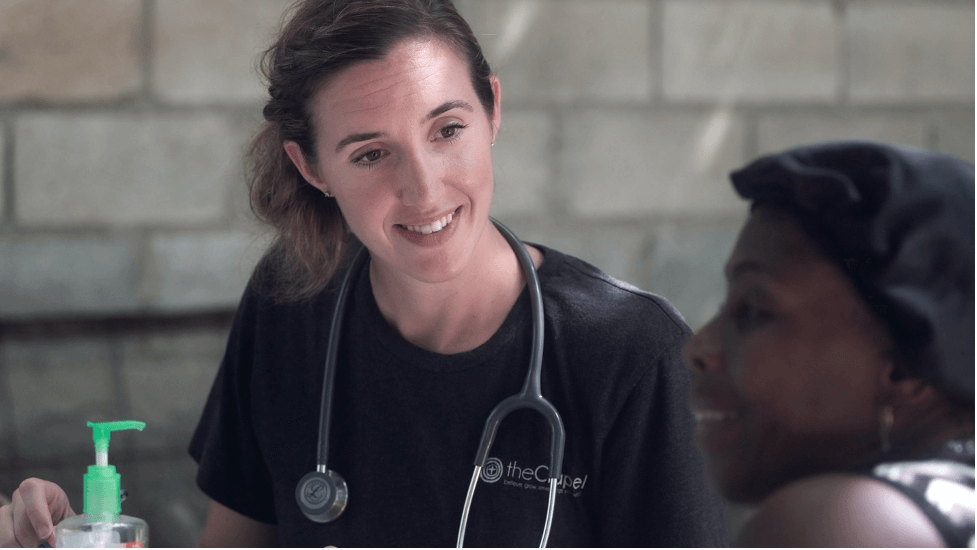A Comprehensive Guide to Home Health Care
A Comprehensive Guide to Home Health Care: How It Works and the Admission process. Introduction: Home health care is a type of medical assistance that is provided to individuals in the comfort of their own homes. This type of care is ideal for individuals who are recovering from an illness or surgery, or for those …



